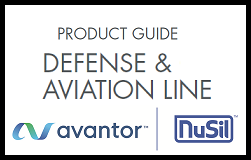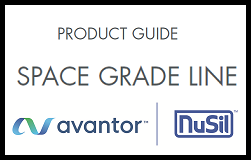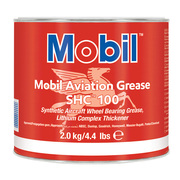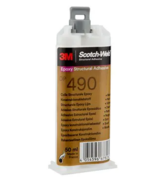Aerospace and Defense
Within aircraft, space and military, there are very high demands on the products that are being used. Materials need to withstand harsh environments with extreme temperature fluctuations.
Within aircraft, space and military, there are very high demands on the products that are being used. Materials need to withstand harsh environments with extreme temperature fluctuations.
For aerospace applications, it is common that there is a requirement for silicones used in for example gaskets to have very high chemical resistance. Silicones should resist swelling when immersed or in contact with hydrocarbons such as jet fuel, de-icing fluids and oils. In addition, silicones must withstand very large differences in temperature without losing their elasticity. Therefore, fluorosilicones, i.e. silicones with fluorinated backbones, are often chosen for these types of applications.
Fluorosilicones contain trifluoro propyl side groups in its chemical structure which gives the silicone its characteristic properties. These types of silicones are often defined according to the percentage of fluoro groups that it contains, for example being 50 or 100 mol% fluorinated.
Other properties that can be desired for silicones within aerospace and military is thermal and/or electrical conductivity/static dissipativity that are flexible and resistant enough to be able to endure temperature and pressure fluctuations. A static dissipative silicone can prevent the build-up of electicity and larger discharges that may damage electrical components.
Within the aerospace industry, more specific silicone products may also be of interest. Ice-release coatings are one example.
Low outgassing products are often required when used in space or military applications. The outgassing of a material describes the amount of low molecular species that can be released from it at a higher temperature.
Outgassing is measured using TGA analysis which shows how much weight a material loses at a certain temperature. These measurements can be performed according to different standards.
NASA and ESA demand that a material is tested according to ASTM E595 and thereby meet the requirements described in NASA SP-R-00022A and ESA PSS-014-702 respectively. This means a total mass loss (TML) of ≤1 % and Collected Volatile Condensable Material (CVCM) of ≤0,1 %.
Nusil has silicone materials that meet these requirements as well as materials that surpass them tenfold which is quite unique.
Epo-Tek has an assortment of epoxy adhesives that meet the low outgassing requirements of:
NASA ASTM E595
MIL-STD 883/5011
Telcordia GR-1221
MIL-STD 883/5011 is a standard for military applications and Telcordia GR-1221 is used within fiberoptics.
Contact us for help with choosing products that meet your demands!



Exceptional rust protection and the ability to provide optimum load carrying performance, sold to customers worldwide. Mobilgrease 28 is based on slurry thickening technology and has MIL-PRF-81322G and NATO G-395 approvals. Its recommended use is aircraft and landing gear lubrication.

